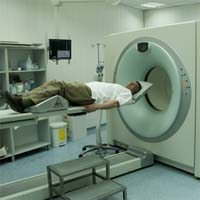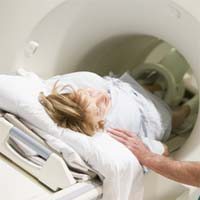PET Supports Mesothelioma Diagnosis and Prognosis
Positron emission tomography (PET) is a nuclear medicine imaging technique that highlights metabolic activity in the body. PET scanning detects gamma rays emitted by a tracer that is delivered into the body via a biologically active molecule, typically FDG, a form of glucose. FDG PET is one of the imaging tests sometimes used to help diagnose and monitor mesothelioma cancer on the pleural membrane around the lungs. Now, nuclear medicine specialists in Milan say FDG PET may be even more valuable than clinicians realize for predicting outcomes – especially in mesothelioma patients who are responsive to chemotherapy. The study involved 131 mesothelioma patients, most of whom were men, with a median age of 66. Study subjects were treated for mesothelioma…









